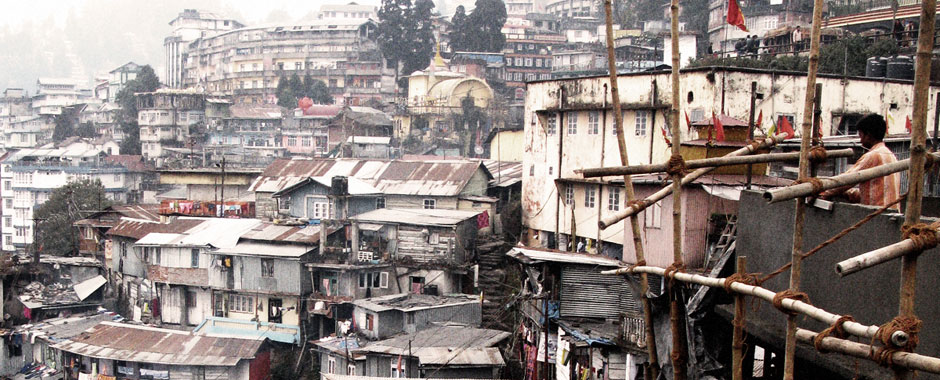Guest post by Aviram Sharma
The launch of the South Asia Sustainability Hub and Knowledge Network (SAH&KN) provides a much needed platform to the academic, policy and civil society groups working in South Asia around sustainability challenges. During the launch and afterwards for the next two days in the International Conference on Pathways to Sustainable Urbanisation, scholars and critics from multiple disciplines and backgrounds from India and elsewhere debated the idea of sustainability.
Unlike many other similar platforms, here participants critically engaged with the idea of sustainability itself. One of the main arguments was that sustainability is a ‘discursive process’ rather than merely a normative idea.
As the title suggests, the main agenda was to debate the processes of sustainable urbanisation. Most of the participants were from major urban centres in India, so the ideas, imaginations, specific cases and research also pertained to major urban centres. These cases certainly require attention and interrogation.
Yet the habit of Indian and international scholarly communities of studying individual megacities from the urban point of view often overlooks the conditions prevalent in smaller cities and rural areas, which are less researched.
Beyond megacities
How often do we debate the urban imagination of India’s hinterlands? We need to bring more stories from the margins, from cities facing oblivion, at least in public and policy debates.
How a small yet growing town like Darjeeling faces water scarcity is as much a pertinent question to explore as the waterscape of Chennai or Bombay. How an industrial town like Bhilai is faring in terms of air pollution is also significant when we are debating the air pollution in Delhi.
The need of the hour is to move beyond the traditional mega urban centres – Delhi, Dhaka, Mumbai, Chennai and Kathmandu – and study the new and old smaller or medium-sized urban centres across South Asia through a sustainability lens.
Rapid urbanisation
Studies on small urban centres are few and far between in India and in neighbouring countries.
But recent urbanisation trends indicate that these new urban hotspots are witnessing rapid growth. In the decades to come, they will account for a huge proportion of the urban population.
The social, political, historical, economic and environmental conditions in these cities are quite unique in their own right. The successful cases and the critical challenges which cities of different natures are facing across the country, located in different ecological, geographical and socio-cultural settings, need to be debated and contested to create plural ‘models’ of sustainable urbanisation.
From urban to rural
Interestingly, the participants acknowledged a major methodological gap in urban studies: it often overlooks the urban-rural continuum. The economics, environment and society in urban centres are complexly intertwined with rural areas. Yet when scholars engage with urban sustainability challenges they often overlook the broader context.
If we want to study the urbanisation phenomenon from the sustainability lens, we need to engage with broad socio-ecological contexts. The local, regional and global networks which shape urbanisation need to be explored and contested while analysing specific themes across different settings.
I hope that in the coming years, the South Asia Sustainability Hub will act as a fertile platform to discuss and provoke positive changes through research on multiple aspects of urban sustainability in South Asia.
About the author
Aviram Sharma is Assistant Professor at the School of Ecology and Environment Studies, Nalanda University, Rajgir, India.
